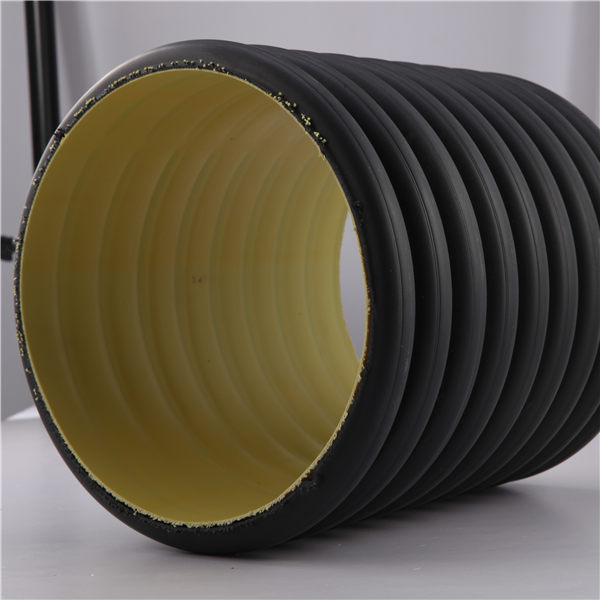កញ្ញា . 07, 2024 17:50 Back to list
High-Quality Waste Pipe Fittings for Efficient Drainage Solutions
Understanding Waste Pipe Fittings A Comprehensive Overview
Waste pipe fittings are crucial components in plumbing systems, designed to facilitate the efficient removal of wastewater from residential and commercial buildings. These fittings play a vital role in maintaining hygiene, preventing unwanted odors, and ensuring that drainage systems function smoothly. In this article, we will delve into the different types of waste pipe fittings, their significance, and installation considerations.
Types of Waste Pipe Fittings
Waste pipe fittings come in various shapes and sizes, each tailored for specific functions within a plumbing system. Here are some common types
1. Elbows These fittings allow for changes in direction within the piping system. Standard angles include 90 and 45 degrees, helping guide wastewater around corners and obstacles.
2. Tees T-shaped fittings are used to connect three pipes together, enabling the diversion of waste from one pipe to another. This is particularly useful in branching off lines to sinks or toilets.
3. Couplings These fittings connect two straight pipes, ensuring a continuous flow of wastewater. They can be used for repairing broken pipes or extending existing lines.
4. Adapters Adapters are essential for connecting pipes of different diameters or materials. For instance, they may be used to connect PVC pipes to metal ones, allowing for versatile plumbing solutions.
5. Traps Waste traps are designed to catch debris and prevent foul odors from entering the home. By holding a small amount of water, traps create a seal that blocks sewer gases while allowing wastewater to flow freely.
waste pipe fittings

Importance of Waste Pipe Fittings
Effective plumbing relies heavily on waste pipe fittings. Properly installed fittings minimize the risk of leaks, clogs, and other plumbing issues that can lead to costly repairs. Additionally, they contribute to the overall efficiency of the drainage system, ensuring that wastewater is swiftly directed away from living areas.
Moreover, waste pipe fittings are engineered to withstand the corrosive nature of wastewater, making them durable and long-lasting. When selecting fittings, it’s essential to choose high-quality materials that comply with local plumbing codes to guarantee safety and reliability.
Installation Considerations
When installing waste pipe fittings, precision is key. Incorrect joins can lead to leaks and water damage. It’s crucial to measure and cut pipes accurately, use appropriate adhesives or sealants, and ensure that all fittings are securely fastened.
In addition, proper slope is necessary for effective drainage. Typically, pipes should be installed at a slight angle to allow gravity to assist in the flow of wastewater. For instance, a slope of 1/4 inch per foot is generally recommended for horizontal drainage lines.
Conclusion
Waste pipe fittings are indispensable in any plumbing system, ensuring the effective removal of wastewater while maintaining hygiene and preventing unpleasant odors. Understanding the various types of fittings, their importance, and proper installation techniques can significantly enhance the efficiency and longevity of your plumbing system. Whether you are a DIY enthusiast or working with a professional plumber, having a good grasp of waste pipe fittings is essential for any successful plumbing project.
-
Transparent PVC Pipe: Clear Flexible Tubing for Fluids
NewsAug.09,2025
-
Durable PP Rigid Sheet: Versatile & High-Quality Plastic Panels
NewsAug.08,2025
-
Premium Glossy PP Rigid Sheet – Durable & Versatile
NewsAug.07,2025
-
High-Quality HDPE Sheet | Durable Plastic Panels
NewsAug.06,2025
-
High-Precision PVC Rigid Sheets for Vacuum Forming | AI-Optimized
NewsAug.05,2025
-
Durable PVC-M Water Supply Pipes | 60-Year Life
NewsAug.04,2025

